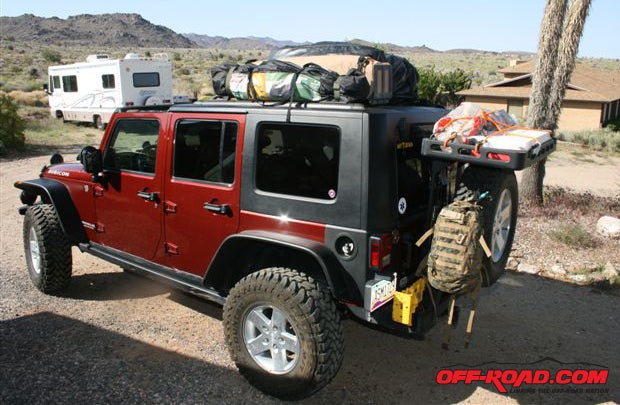
No matter how big your Jeep is; no matter how much stuff you can pack into it; you’ll always want more. It’s a fact of life: If you can fit the kitchen sink in, you’ll want the bathroom sink, too! Let’s face it, we like our comfort!
This was on my mind while I was working on our Master ‘Kee project—I’d been worried about towing a trailer over the Rubicon Trail in July (which I’ve done for the past three trips)—and I’d been trying to figure out a way to leave the trailer at home. We could leave our dogs in a kennel for a week (which would probably double our costs and we’d also miss them) or we could come up with another idea. While thinking about this, I walked by a scrapped Cherokee in Precision Auto’s back lot and glanced at the XJ’s roof rack. It was literally like a light bulb flashing on! “That rack will fit my Rubi,” I thought.
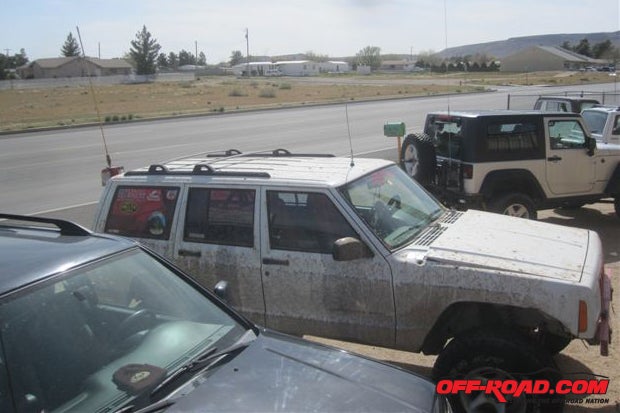
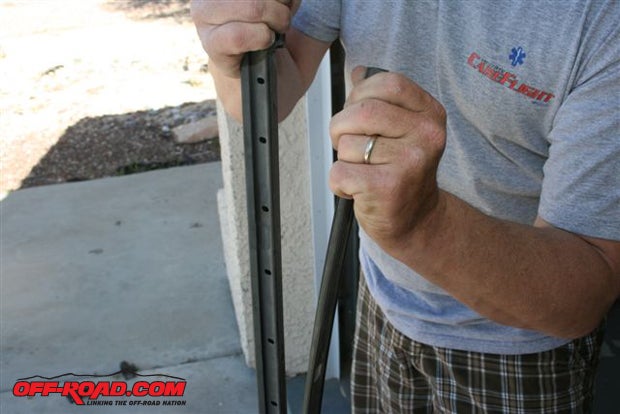
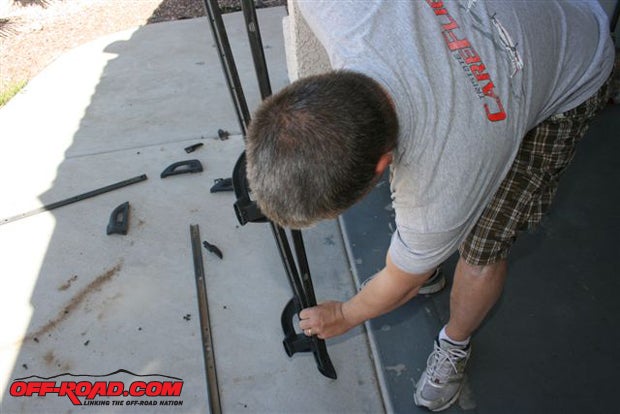
I quickly grabbed a pen, paper, and measuring tape and scurried out to my JK. Hurriedly sketching out a rough diagram of the JK’s roof, not including the removable front panels (or “lids” as we call them), I measured the box. Rushing back to the XJ, I measured the roof rack. It would fit!
The rack wasn’t a full-length unit—it only covered two-thirds of the Cherokee’s roof, starting at the B pillar (the post behind the driver’s head). But it was a Cherokee XJ model’s original equipment (OEM) roof rack, and it fits a JK Unlimited like the rack was made for it.
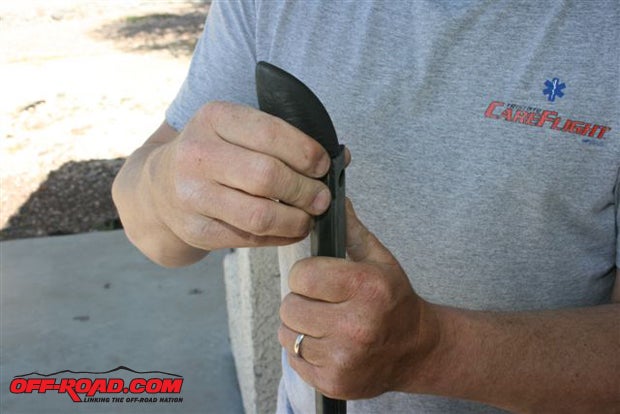
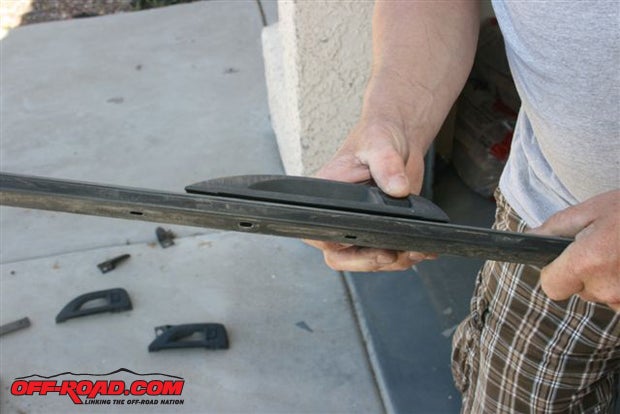
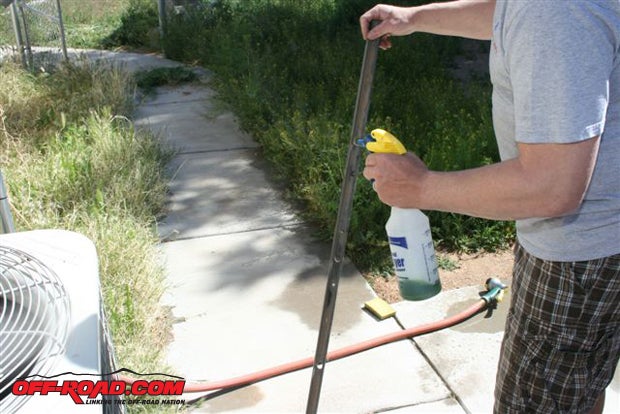
Since two of us are prepping our JK Rubicon Unlimited Jeeps for the Rubicon Trail (and we both have similar concerns about space—we’re doing the trail in both directions, so we’ll be camping two or three nights and we’ll need the extra room for supplies), we worked on both roofs at the same time. We purchased three Cherokee roof racks—two on wrecked Cherokees and one from an undamaged XJ for $75—and made up two good ones out of the interchangeable parts from all three. In fact, if you go to a scrap yard for a roof rack to use, I’d suggest you buy two to make up one (and then you can also keep the spare parts, just in case). Author’s note: The following instructions will also work with a two-door JK; you’ll just have to cut down the side rails, which is easily done.
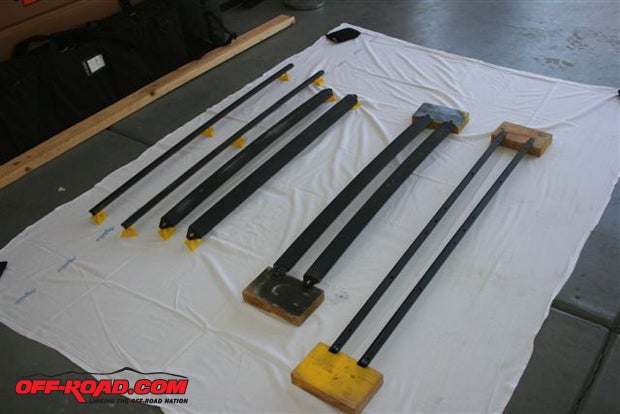
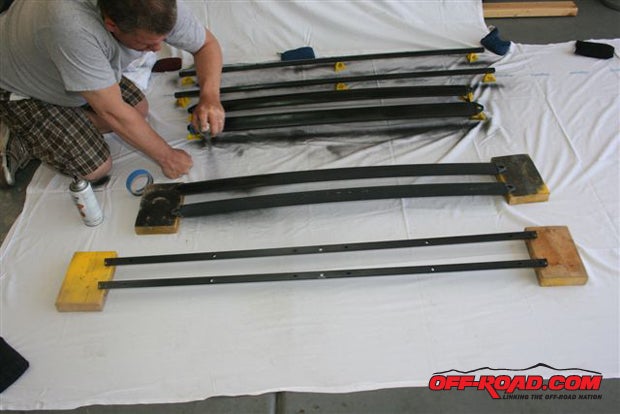 \
\
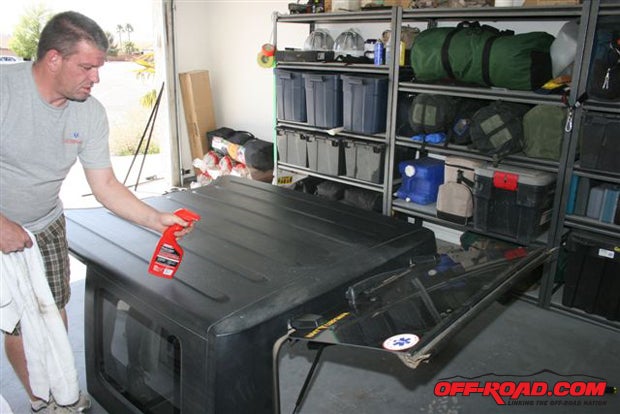
When you remove the rack from the Cherokee, save the screws, you’ll use them again later. They are torx head and metric threads, so you’ll have to take one with you when you purchase the additional hardware to make sure of the size and thread (I found everything we needed at the local Ace Hardware). Plus, you need two additional screws 1 inch long for the center-mounting hole (the JK has a stiffening cross brace molded into the underside of the roof that makes the original screws too short). We used a combination silicone-like sealer, neoprene washers, and T-nuts to be sure no moisture comes through the roof. With the additional hardware and silicone-like sealer, we still averaged less than $50 each for the two roof racks.
Author’s note: To be safe, do not exceed approximately 75 pounds of baggage on the JK’s hardtop. In addition, we only pack soft goods on the roof.

.jpg)
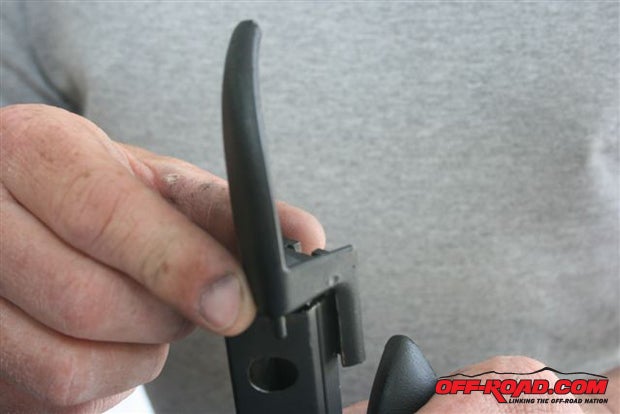

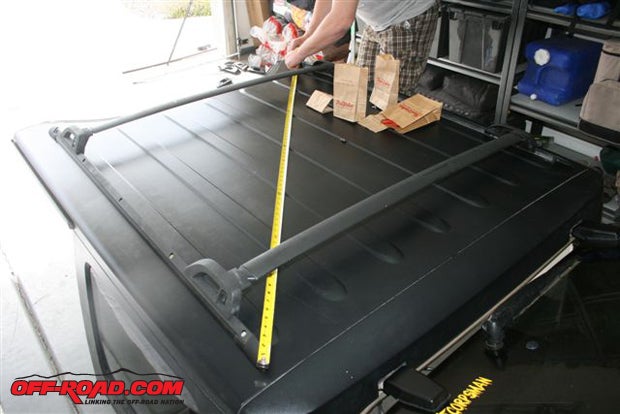

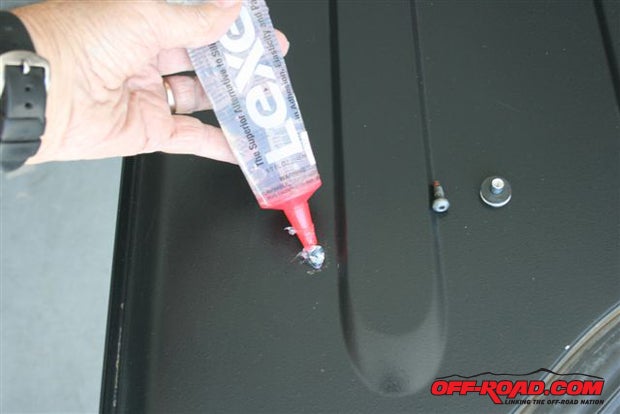
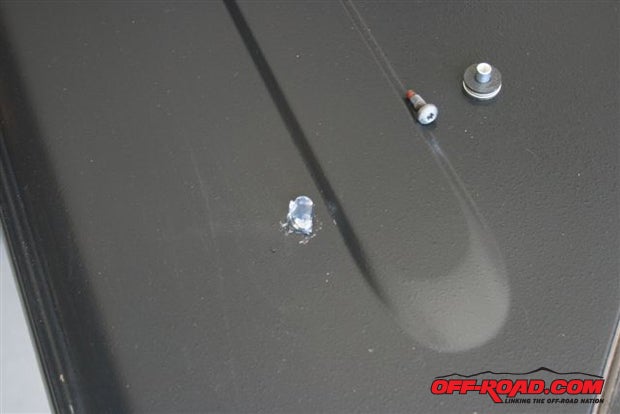

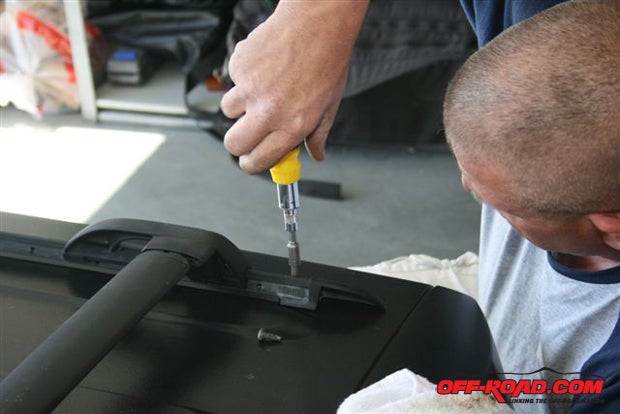
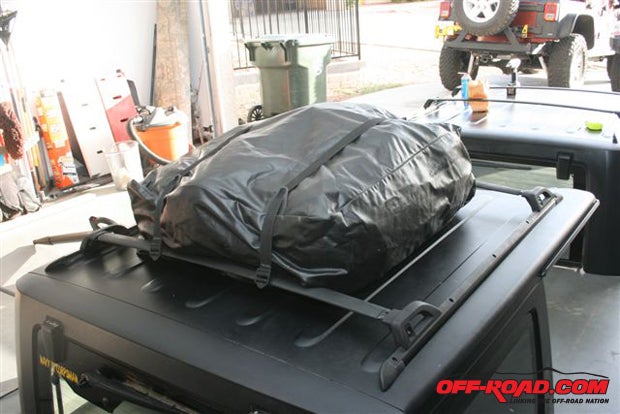


 Your Privacy Choices
Your Privacy Choices